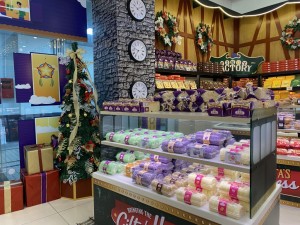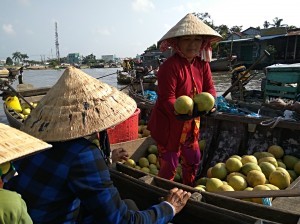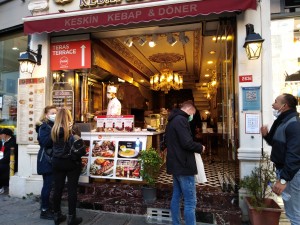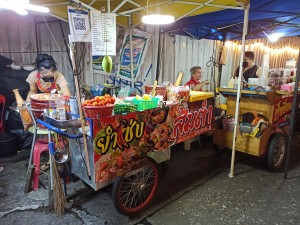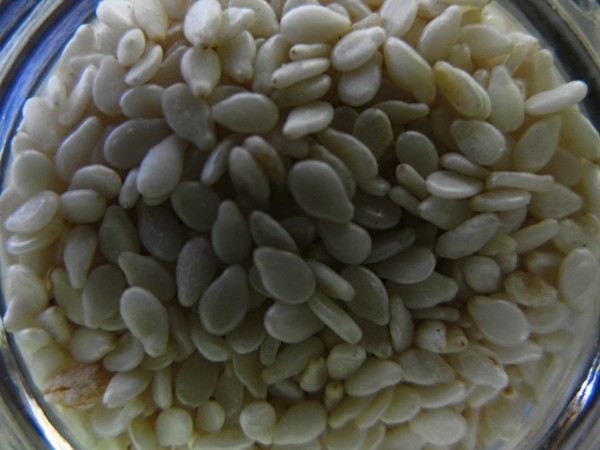
Goma Dofu: The Silky Sesame Tofu From Japan’s Ancient Temples
Goma dofu, or sesame tofu, is a delicately textured, savory dish that’s a beloved part of Japanese Buddhist temple cuisine (shojin ryori).
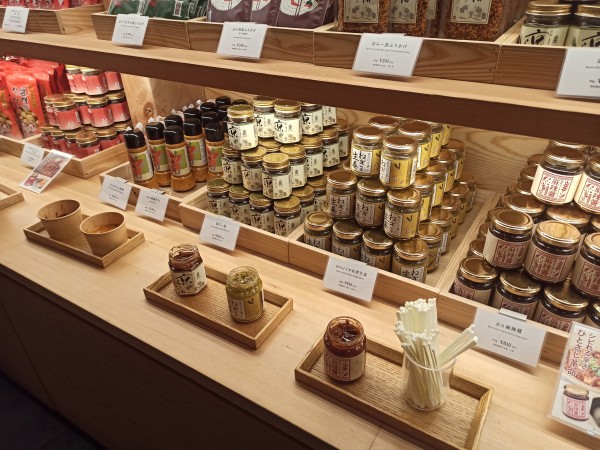
Furikake, ichimi and shichimi togarashi - TOP Kyoto Condiments
Ichimi and shichimi are essential seasonings for Japanese food. In Japan, ichimi and shichimi are sprinkled on food to suit individual tastes. These condiments are ideal for rice and noodle dishes. Apart form that, they can be used for seasoning soups, pasta and meat.

What is so special about Kobe beef? All you need to know about it
Have you ever heard about Kobe beef? Do you like steaks and a good quality meat? If so, read this post and learn more about this Japanese meat.
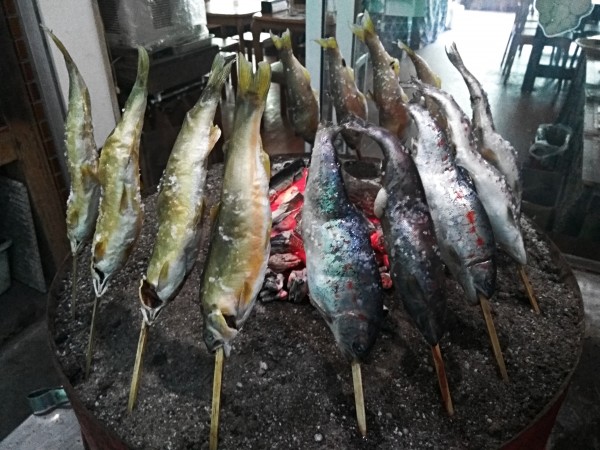
8 TOP best Japanese street foods not to be missed
Colorful morning and night markets; street food stalls; local vendors; ice cream sold from a bicycle; grilled food from in front of the owner's house - that is what makes local street food so unique. Add to it local flavors and freshness and you will get a perfect mix.
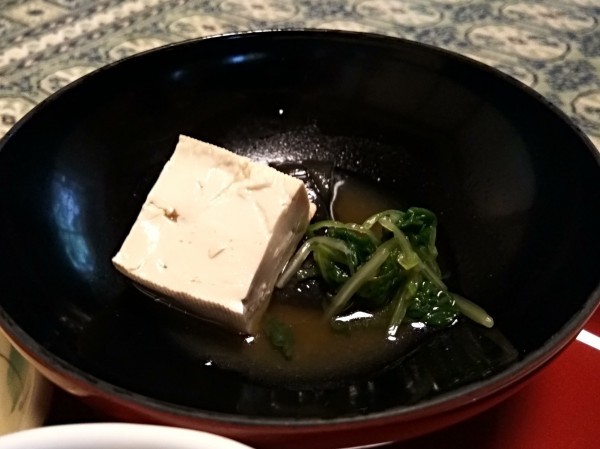
A traditional Zen Buddhist dish - Goma Dofu
What is tofu made of? Everyone would say that from soybeans. And that’s true. However, soy is not the only one! Try a traditional dish from Zen Buddhist monks' cuisine!
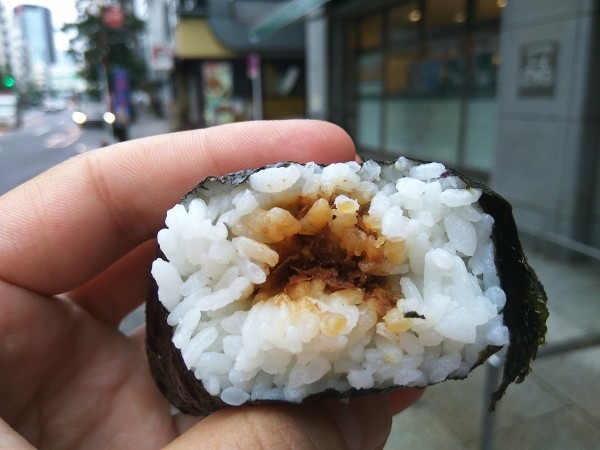
Onigiri in Japan – The Snack That’s More Than Just Rice
Stuffed steamed rice wrapped in a nori leaf - a healthy snack, that was always eaten with curiosity. What would the next bite reveal?
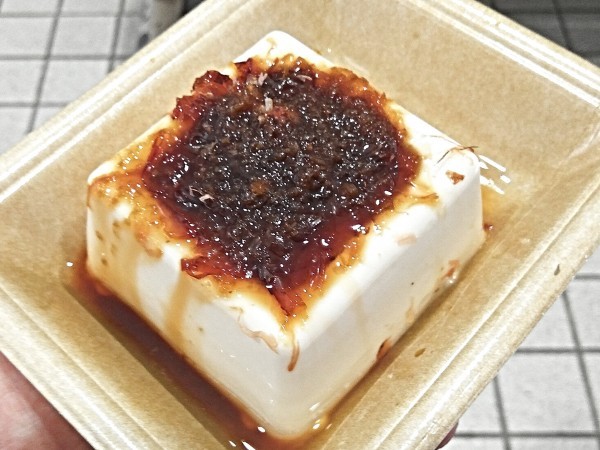
Japanese Tofu Guide: Silken, Hard, and the Special Koya Dofu from Mount Koya
Being in Japan and not eating the original Japanese tofu would be impossible for me. Without any doubt you can get tofu at yours, but that’s not the same thing. Soft, hard and freeze-dried...
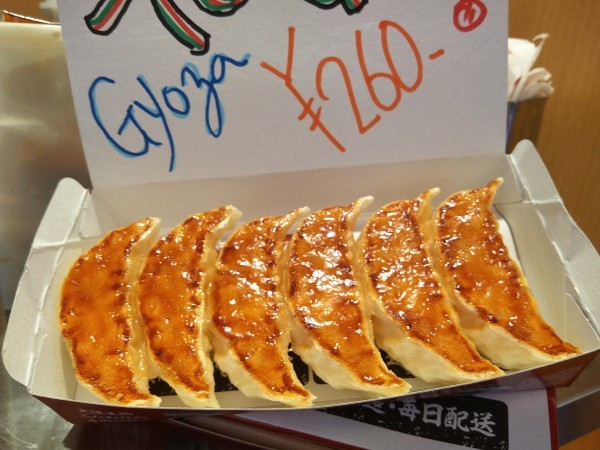
Trying Gyoza Sandwich in Okayama – Japan’s Unexpected Fusion Food
Have you ever heard about gyoza? About Japanese dumplings with a delicious finely chopped stuffing? So what is that exactly?
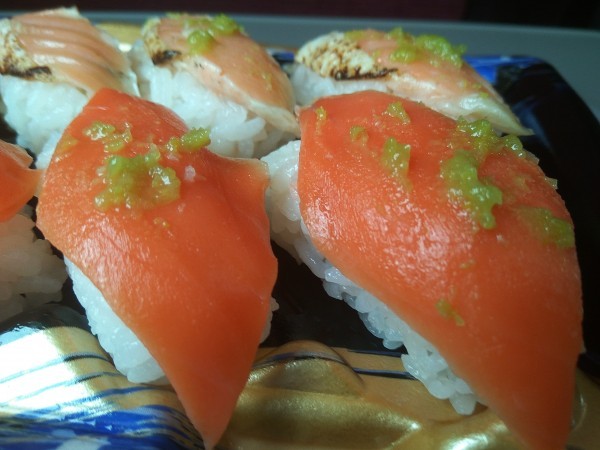
Japanese Sushi: What It Really Looks Like (and What’s Inside)
You know it very well, and probably like it even more. But how does it look like in Japan? Where to buy it? Where to eat? When to eat? And what is in it? Fish? Vegetables? Something else?

